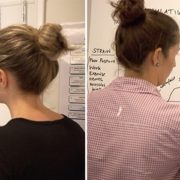A passion for soccer – a quick chat with Charlotte
It won’t surprise you that Barefooters love getting out and about, moving everyday in a way they enjoy. Women’s soccer has really taken off in the past decade, with teams sprouting up all over Brisbane with quite a competitive Brisbane Premier League as a result. If you’ve ever watched a game, you’ll see how competitive and skilful these ladies are. Our Physio Kirsten recently sat down with Charlotte to find out why she has such a passion for soccer.
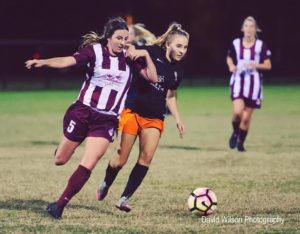
How did your passion for soccer develop?
I’ve always had a keen interest for all things sport, and kind of just fell into playing soccer when I was young. I guess over time I’ve developed a real passion for soccer, mainly because I love the skill, athleticism and having a great time with other girls on the field.
Sports can have some pretty crazy traditions or pre game routines, do you have anything you do to get ready for a big game?
Definitely nothing too crazy. If I have the time, on the day of a game I like to go out and have a kick of the ball to get some touch. And I always put on my left sock and left boot on first, but I think that’s more just out of a habit. [ha, ha, we definitely think that’s a good-luck superstition! ed.]
What is your favourite pre game meal?
Something with bread usually haha, avocado on Turkish bread is probably my real favourite.
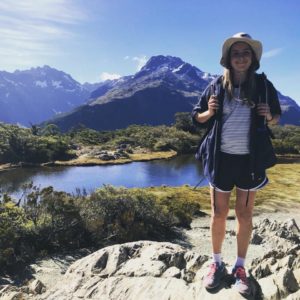 You recently went on a trip to New Zealand, where is your next trip going to be and why?
You recently went on a trip to New Zealand, where is your next trip going to be and why?
The next big trip on the bucket list is Canada because it looks so beautiful. Closer to home, I’d also really like to go to Tasmania and do some of the hikes down there.
Rapid fire, 5 Fun facts about you
– I’m a massive Newcastle Knights fan
– I love travelling but I absolutely hate flying
– My sporting idols are Andrew Johns and Roger Federer
– I love dogs and have a black Labrador named Ari who hunts bush turkeys
– I love the beach and in an alternate life would have loved to be a professional surfer
We love hearing about Barefooters and what they get up to in their spare time. Whether you have a passion for soccer or some other sport, we’d love to hear from you. If you’d like to let us know about what you get up to, please don’t hesitate to contact us so that we can arrange a quick chat and some photos – email us. Also, after seeing Charlotte’s pictures and reading her story, if you’d like to get into soccer, you can click this link to Football Brisbane.
…and of course, if you’re injured or just feeling a bit sore and tired from your Barefoot adventures, you can always come and see us: I need an appointment

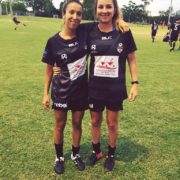
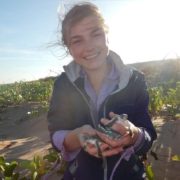
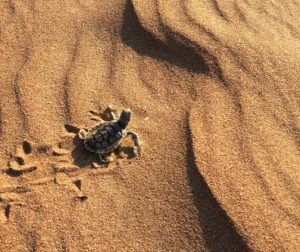
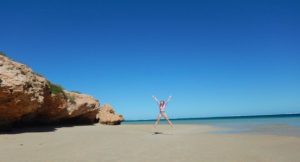 A few projects I’ve worked on have also involved surveying the beaches for poachers. Luckily this isn’t a problem in Australia, however is still a reality in many countries where sea turtles lay their eggs. I fell in love with sea turtles on a project in Costa Rica in 2012 with an amazing crew of local conservationists who were dedicating their lives to protecting them. Only a few months after I came home in 2013 one of my mentors, Jairo Mora Sandoval was brutally murdered by poachers. Its hard to believe, but this is how serious animal trades have become in some parts. I’ve never met someone as passionate for conservation as him, and I promised myself that Jairo’s death would not be in vain.
A few projects I’ve worked on have also involved surveying the beaches for poachers. Luckily this isn’t a problem in Australia, however is still a reality in many countries where sea turtles lay their eggs. I fell in love with sea turtles on a project in Costa Rica in 2012 with an amazing crew of local conservationists who were dedicating their lives to protecting them. Only a few months after I came home in 2013 one of my mentors, Jairo Mora Sandoval was brutally murdered by poachers. Its hard to believe, but this is how serious animal trades have become in some parts. I’ve never met someone as passionate for conservation as him, and I promised myself that Jairo’s death would not be in vain.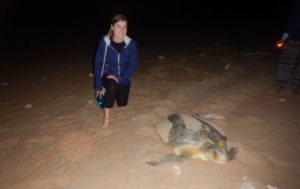
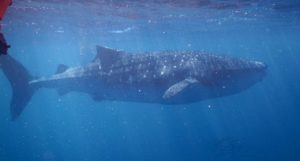


 ( See from left to right – Neutral, Extended, Bent)
( See from left to right – Neutral, Extended, Bent)